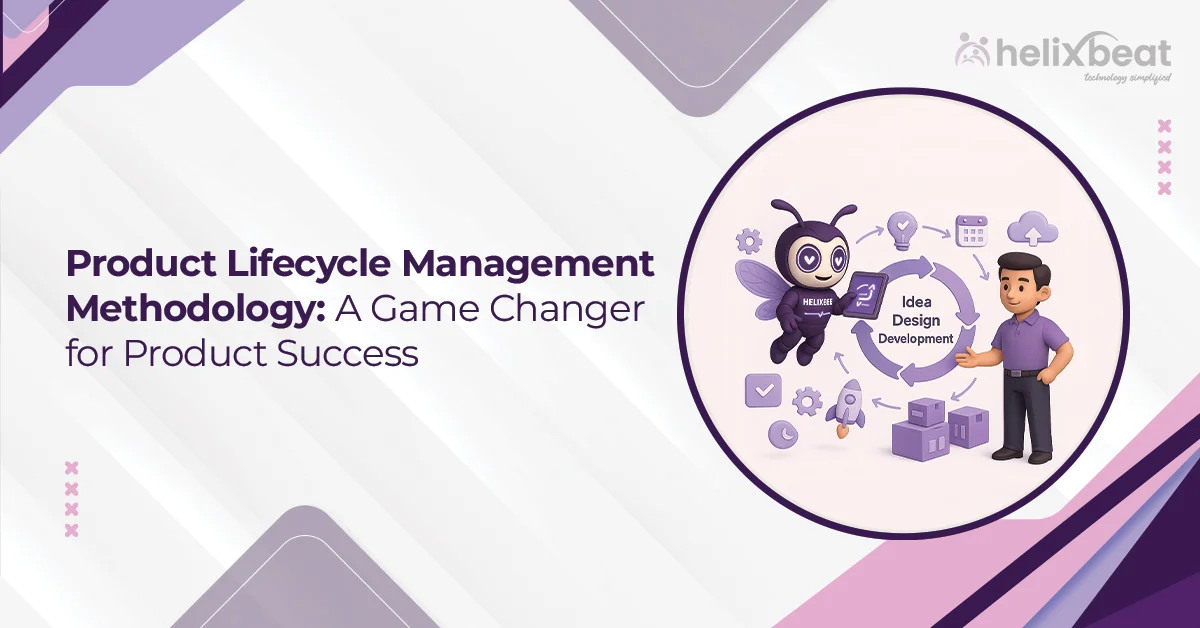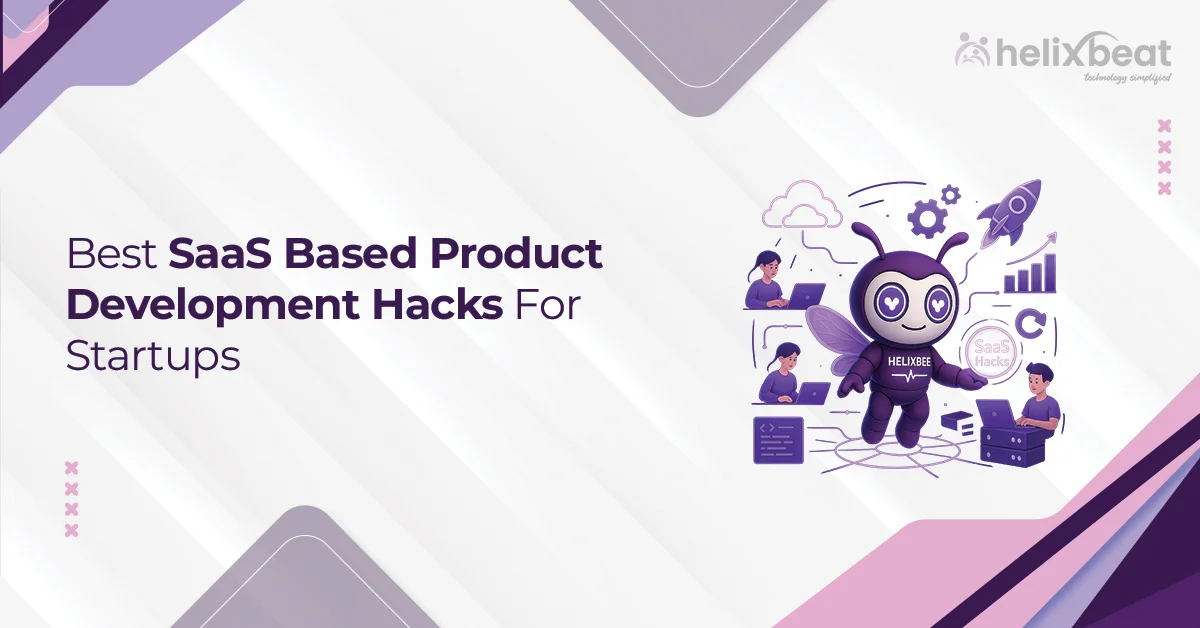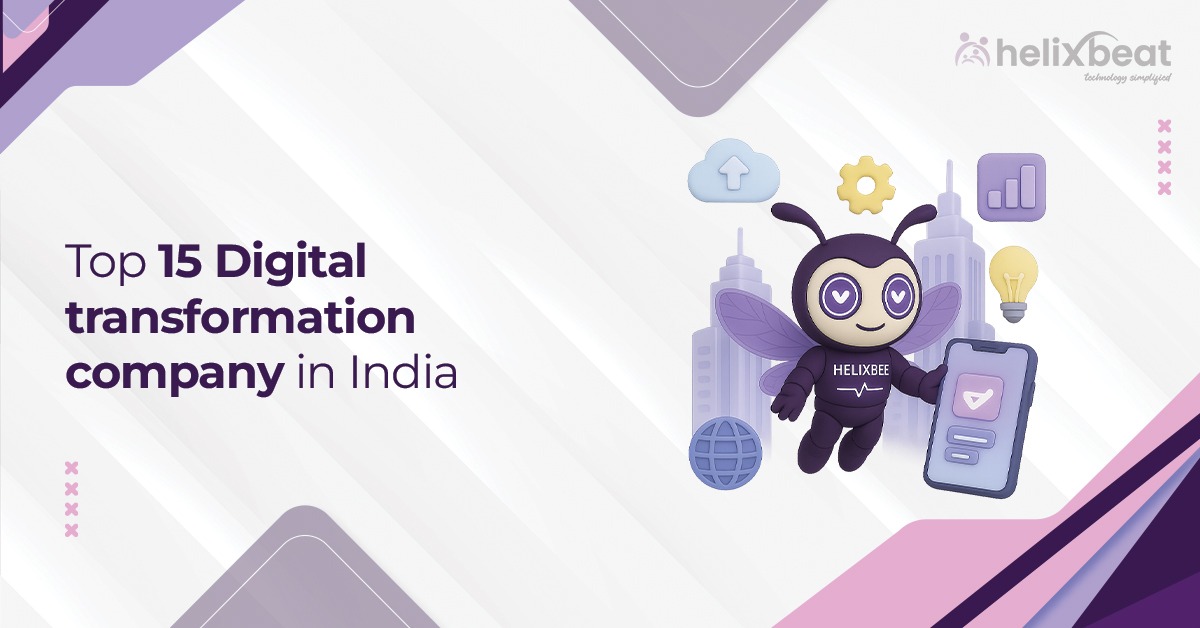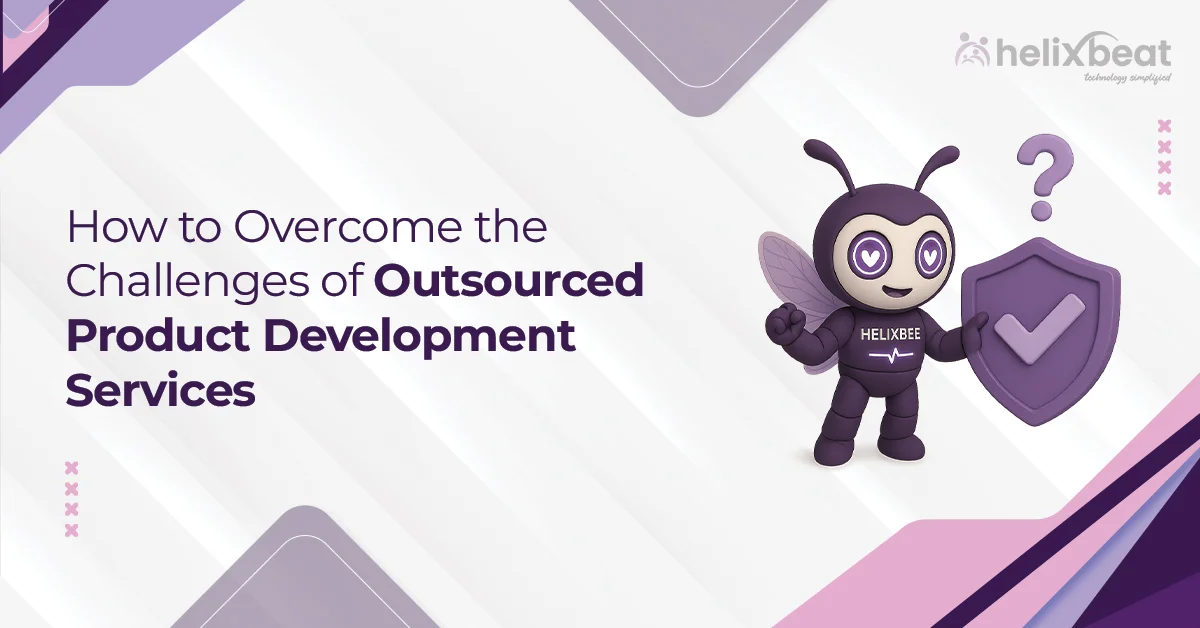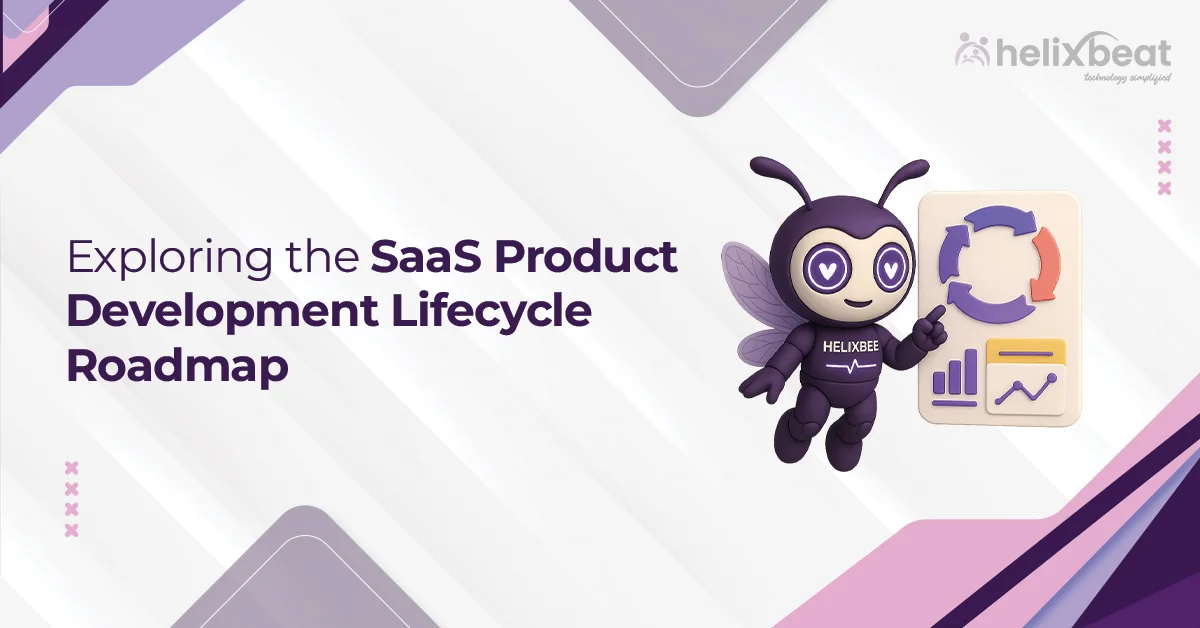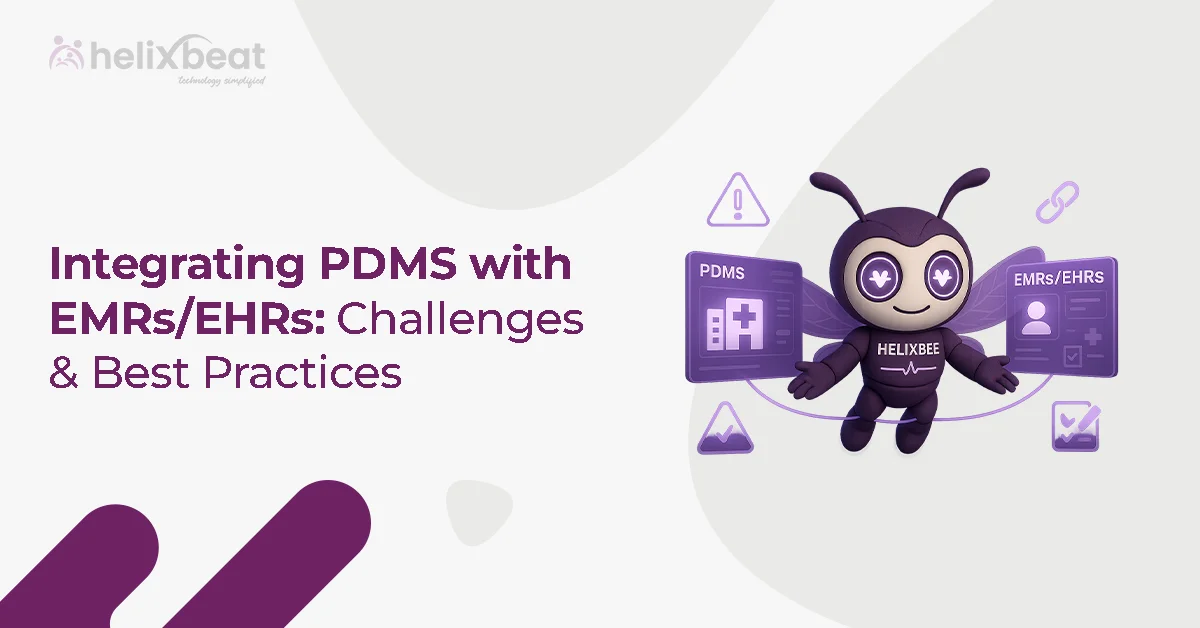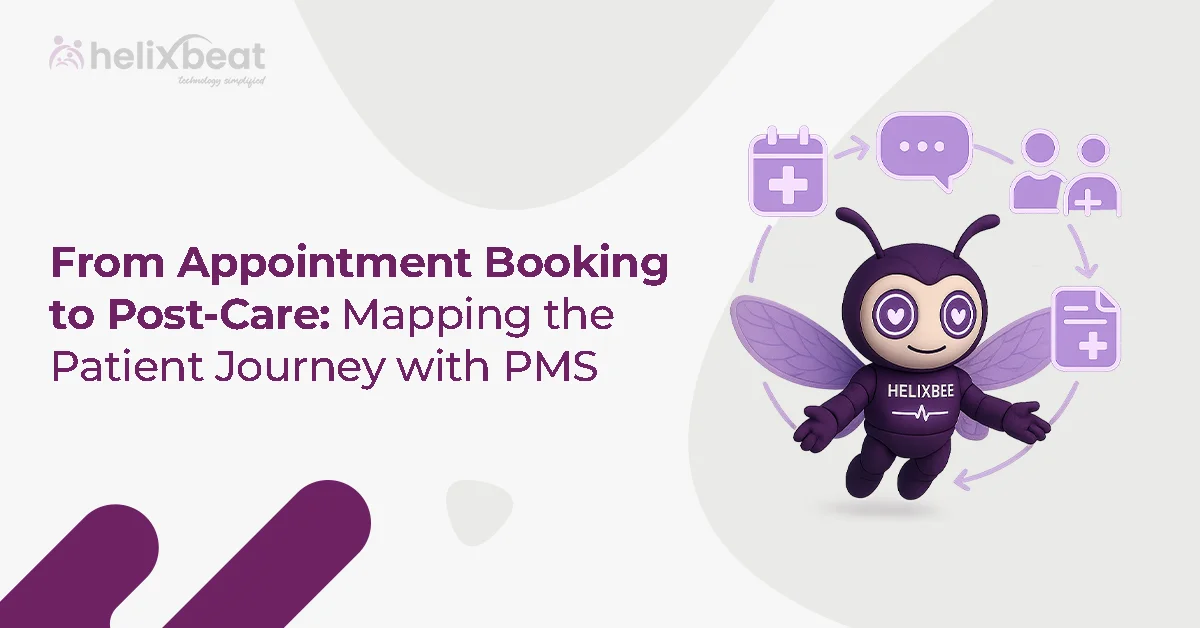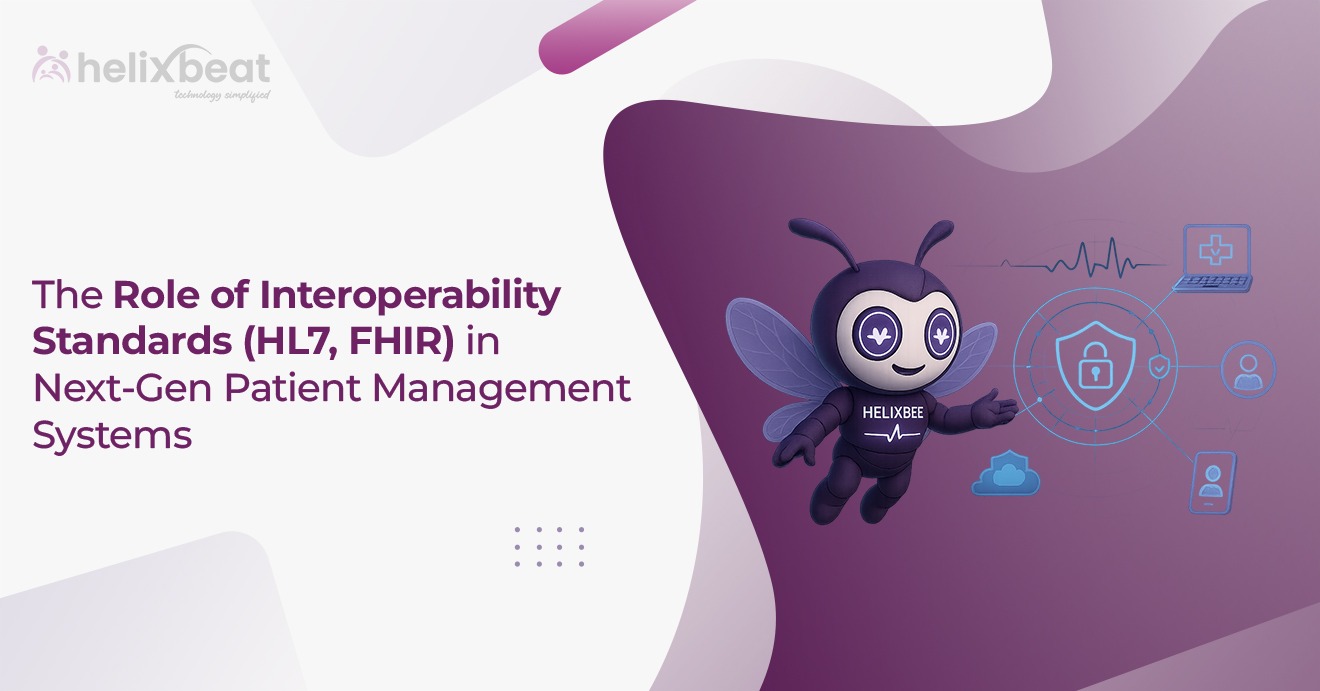A study by Aberdeen Group found that companies using a structured product lifecycle management methodology see 16% higher profit margins. For businesses, this isn’t just about process; it’s about gaining a real edge in a competitive market.
Managing a product doesn’t stop at development. Without a defined lifecycle strategy, companies lose opportunities and experience an increase in product cost. A strong PLM methodology framework connects every stage from concept to retirement, helping teams work better, make faster decisions, and cut waste.
While product development methods focus on building the product, PLM focuses on managing the entire journey. For business leaders, adopting this approach results in reduced time-to-market, better quality control, and higher returns over the product’s life.
Let’s see how the right PLM strategy can drive sustainable product success and long-term profitability

Table of Contents
Definition of Product Lifecycle Management
Product Lifecycle Management (PLM) is a strategic approach to managing a product’s journey from its initial idea to its final retirement. It involves coordinating people, processes, technologies, and data across all stages: concept, design, development, manufacturing, marketing, support, and disposal.
The goal of PLM is to streamline operations, reduce time-to-market, improve product quality, and maximize value at every phase. By creating a centralized system for product information, PLM helps businesses make better decisions, avoid costly errors, and stay competitive throughout the product’s entire lifecycle.
Product Development Methods vs. PLM: What’s the Difference?
| Aspect | Product Development Methods | Product Lifecycle Management (PLM) |
| Definition | A structured approach or methodology (like Agile, Waterfall, or Stage-Gate) used to design, build, and test a product. | A comprehensive strategy to manage a product through all stages—idea, design, production, support, and retirement. |
| Primary Focus | Building and launching the product efficiently. | Managing the entire lifecycle of the product—from ideation to end-of-life. |
| Scope | Narrower—focuses mainly on the development stage (design, prototyping, testing). | Broader—includes all departments: R&D, engineering, marketing, after-sales, and even product disposal. |
| Process Ownership | Typically owned by the product or engineering team. | Cross-functional ownership—spanning product management, design, manufacturing, sales, service, and supply chain. |
| Collaboration Level | May involve siloed departments with hand-offs between phases. | Promotes real-time collaboration across teams with integrated data and systems. |
| Tool Usage | Uses tools like JIRA, Trello, Git, or Figma depending on the method (Agile, Waterfall). | Uses end-to-end PLM platforms like Siemens Teamcenter, PTC Windchill, or Dassault Systèmes that integrate with ERP, CAD, and CRM. |
| Customer Feedback Integration | Usually added during late-stage testing or post-launch reviews. | Continuous feedback loop—from service and support teams to influence future design and product updates. |
| End Goal | Deliver a functional product on time and within budget. | Maximize product value, efficiency, and profitability throughout its entire lifecycle. |
Product Lifecycle Management Methodology
A well-defined product lifecycle management methodology helps businesses manage every stage of a product’s journey with structure, efficiency, and clarity. It ensures that product data, decisions, and processes are aligned across departments from R&D to marketing, sales to service.
1. Concept & Ideation: Laying the Foundation
Every successful product starts with a strong idea, but in PLM, ideation is structured, not spontaneous. This stage is about collecting ideas, evaluating them, and turning insights into viable business opportunities.
- Conduct market and customer research to identify real needs
- Benchmark competitors and industry trends
- Score ideas based on feasibility, ROI, and strategic fit
- Build a product brief outlining objectives, target users, and expected outcomes
- Collaborate with cross-functional stakeholders early to align on priorities
By applying data and structured evaluation early, companies avoid investing in ideas that aren’t market-ready.
2. Design & Engineering: Creating the Digital Blueprint
Once the idea is validated, the design and engineering phase translates it into detailed, testable blueprints. In PLM, all designs are digitally managed and version-controlled.
- Use CAD tools to develop digital prototypes and 3D models
- Simulate stress, usability, and performance under various conditions
- Track design changes with digital thread and approvals
- Collaborate in real-time between engineering, regulatory, and manufacturing teams
- Address compliance, ergonomics, and manufacturability upfront
This phase reduces costly rework later by catching issues before physical prototyping.
3. Development & Testing: Building for Real-World Use
This is the bridge between concept and execution. Products are built, tested, refined, and documented with precision. A strong PLM methodology ensures traceability and documentation at every step.
- Develop alpha and beta prototypes or Minimum Viable Products (MVPs)
- Conduct internal lab tests, user testing, and third-party validations
- Manage defects, version history, and performance metrics
- Document lessons learned for future product improvements
- Prepare compliance documentation for regulatory approvals
Testing isn’t a one-off—it’s iterative, collaborative, and closely tied to customer expectations.
4. Manufacturing & Supply Chain Integration: Scaling with Confidence
This stage turns a design into a scalable product. PLM platforms integrate with ERP and SCM tools to support smooth planning and execution.
- Finalize Bill of Materials (BOM) and product structures
- Coordinate with suppliers for sourcing and pricing
- Simulate production workflows to identify bottlenecks
- Define quality control checkpoints and assembly instructions
- Sync product data across factory systems and global partners
This integration helps businesses react quickly to supply chain disruptions and demand changes.
5. Launch & Commercialization: Going to Market
A product’s success hinges on a seamless launch. In PLM, this means aligning product data, marketing assets, sales enablement, and support systems before the product hits the shelves.
- Generate launch kits, marketing materials, and training documents from a single product data source
- Feed updated specs to e-commerce platforms, catalogs, and partners
- Track early customer feedback and adjust positioning if needed
- Manage product variants and regional release strategies
- Coordinate launch timelines with inventory and distribution
PLM makes the launch smarter, faster, and more consistent across markets.
6. Service, Upgrades & Retirement: Capturing Value Beyond the Sale
After launch, the focus shifts to maintaining product performance and planning its eventual replacement or upgrade. The final stage of the Product lifecycle management methodology framework makes sure the product continues to deliver value, even at the end of its lifecycle.
- Collect field data from IoT devices, service teams, and customers
- Use feedback to release updates, patches, or improved versions
- Manage warranty claims, recalls, or component replacements
- Decide when to sunset a product and launch the next-generation version
- Feed post-market insights back into the ideation phase
This closed-loop process helps companies build smarter products over time while maintaining customer satisfaction.
Key Tools & Technologies Used in PLM Implementation
Implementing a product lifecycle management methodology requires more than just a framework; it needs the right tools and technologies to support collaboration, data integrity, and decision-making across teams. Below are the core tools and systems that power effective PLM implementation:
1. PLM Software Platforms
These are the central systems that manage all product data, processes, and collaboration workflows.
- Siemens Teamcenter – Scalable PLM solution for design, simulation, and manufacturing.
- PTC Windchill – Known for its strong version control and change management features.
- Dassault Systèmes ENOVIA – Ideal for collaborative design and enterprise-wide integration.
2. CAD & Design Tools
These tools support the product design process and integrate directly with PLM platforms.
- SolidWorks – Popular for 3D design and engineering documentation.
- AutoCAD – Widely used for 2D/3D drafting and layout work.
- CATIA – Powerful solution for complex industrial design and simulation.
3. Integration Tools & Connectors
Seamless PLM implementation depends on smooth integration with existing business systems.
- ERP Connectors – Link PLM with enterprise systems like SAP, Oracle, or Microsoft Dynamics.
- API Gateways – Custom-built integrations for niche tools or legacy systems.
- IoT Integrations – Sync field data with PLM to track real-time product performance.
4. Collaboration & Data Management Tools
These technologies promote cross-functional teamwork and control over critical product data.
- Digital Twin Technology – Virtual replica of the product for real-time performance simulation.
- Document Management Systems (DMS) – Control versioning and access of specs, drawings, and manuals.
- BOM Management Tools – Keep Bills of Materials consistent and up to date across departments.
PLM Best Practices to Maximize Product Success
Here are four precise and powerful PLM best practices that help businesses improve efficiency and product outcomes:
1. Centralize Product Data: Use a unified PLM platform to store all product information: designs, BOMs, revisions for better accuracy and team alignment.
2. Collaborate Across Departments Early: Involve engineering, marketing, sourcing, and support teams from the start to reduce rework and speed up time-to-market.
3. Use Feedback to Improve Products: Capture service data and customer feedback to guide product updates and improve future designs.
4. Standardize Change Control: Set clear workflows for handling design and production changes to reduce delays and prevent costly errors.
These practices, when aligned with your product lifecycle management methodology, lead to smarter decisions and better product success.
Final Thoughts
Managing a product from idea to retirement takes more than just good planning; it takes the right strategy, tools, and teamwork. A structured product lifecycle management methodology helps businesses stay ahead by reducing delays, cutting costs, and improving product quality at every stage.
At Helixbeat, we offer end-to-end product lifecycle management services that align with your teams, streamline your processes, and bring your product to market faster.
Whether you’re building a new product or managing a portfolio, our PLM solutions help you make smarter decisions and deliver consistent value. To optimize your product lifecycle, contact us now.
FAQ:
1. What is Product lifecycle management methodology?
Product lifecycle management methodology is a structured approach to managing a product through its entire lifecycle from idea and design to manufacturing, service, and end-of-life. It connects teams, data, and processes to improve efficiency, reduce costs, and drive product success.
2. What is the product lifecycle management process?
The PLM process includes six key stages: concept & ideation, design & engineering, development & testing, manufacturing, product launch, and service or retirement. Each stage is supported by tools and workflows that help manage product data, changes, and collaboration across departments.
3. What is the agile methodology in PLM?
Agile methodology in PLM introduces flexibility and speed by breaking the product lifecycle into smaller, iterative cycles. This allows teams to respond quickly to changes, gather feedback continuously, and improve the product at every stage without starting from scratch.
4. What are the three main elements of PLM?
The three core elements of PLM are:
- People – Cross-functional teams involved in product decisions
- Processes – Structured workflows to guide product development and changes
- Technology – Tools that store, manage, and track product data throughout its lifecycle
5. What is the PLM methodology framework?
The PLM methodology framework outlines the standard phases of a product’s lifecycle and the tools, roles, and data involved at each step. It includes concept development, design, manufacturing planning, market launch, support, and product end-of-life.
6. Why are product development methods important?
Product development methods help teams build products more efficiently by following a clear structure. Whether it’s Agile, Waterfall, or Stage-Gate, these methods improve collaboration, reduce waste, and increase the chances of launching a successful product on time and within budget.



